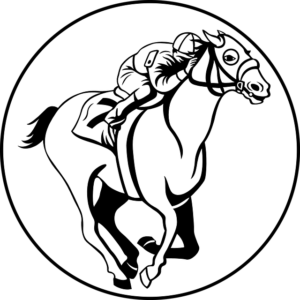Of the Derby and the Oaks, which is the older Classic?
Given the value of a Classic-winning colt to global racing and breeding powerhouses, such as Coolmore and Godolphin, it should come as no real surprise that, in recent years, the second fillies’ Classic, the Oaks, has been increasingly overshadowed by the Derby. The fact that the Derby is worth £1,125,000 in guaranteed prize money, whereas the Oaks is worth just £375,000, is indicative of their current standings.
However, far from being an afterthought, the Oaks is, in fact, the older – albeit only slightly – of the Epsom Classics. The Oaks was founded, in its current guise, by Edward Smith-Stanley, Twelfth Earl of Derby, in 1779 and named after his residence in nearby Carshalton. Smith-Stanley won the inaugural running of the Oaks and, during the subsequent celebration, he and Charles Bunbury, Chairman of the Jockey Club, came up with the idea for a similar race, open to colts and fillies, which they co-founded, as the Derby, in 1780. Until 1784, the Derby was run over the ‘last mile of the course’, before being extended to a mile and a half. It is worth noting that neither the Oaks nor the Derby were dubbed ‘Classics’ until shortly after the inaugural running of the 1,000 Guineas in 1814.
